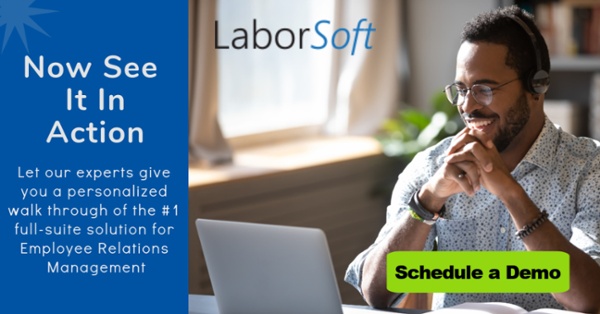When Remote Employees File a Worker’s Comp Claim
Read Time 3 mins | Nov 24, 2020 | Written by: Frankie Kourtis

While work-at-home policies accelerated by the COVID-19 pandemic have brought a lot of benefits, and suggested that telecommuting may indeed be viable for many jobs, it has also started creating its own “unique” set of problems. One of the most contentious issues for remote employees and HR is the matter of worker's comp for in-home injuries.
How Are Worker’s Compensation Claims Shifting Due To Telecommuting?
First, we’ll reiterate the fact that we are indeed talking about work-related jobs at home. For example – a remote employee trips over their own cabling in their own house and becomes injured. Can they get worker’s compensation?
As unbelievable as it may sound, so far several courts have been inclined to say yes. There are even currently two cases, still going through appeals, where remote workers may get compensation for tripping over their own dog. In these instances one was found for the employee, the other for the employer, so that matter is entirely up in the air.
Either way, this is a major wrench in the works for any employer looking to embrace work-at-home policies. If remote workers who are almost entirely unsupervised, at least physically, are able to file claims for ordinary household accidents, that could significantly change the calculus of allowing at-home work.
Can You Defend Your Organization Against Work-At-Home Comp Claims?
Since these situations and these lawsuits are so new, it's difficult to say at this point what defenses - if any - will actually be effective. Consulting with legal teams before implementing any policies may be needed. However, if you should encounter such claims, make sure they are well documented by your company.
Challenging the timeline of the injury - Successful worker's comp claims require the worker to promptly notify supervisors of unsafe situations and\or accidents. This may be a path towards discrediting claims. Either way, having a record of incidents, or documented communication of conversations in the archives will help you should it come down to a legal fight.
Arguing misrepresentation or fraud - This situation is ripe for unscrupulous workers who deliberately create unsafe situations, or attempt to blame pre-existing conditions on work-at-home policies. While difficult to prove, this may be another avenue of defense. Though if you maintain records of performance management, incident management, and a thorough analysis of character, you could have a solid argument for misrepresentation.
As remote working continues, the idea of claiming worker’s compensation for an injury at home will likely increase with new scenarios popping up regularly. To that avail, ensuring your case management technology is flexible and capable of keeping pace with 2021 trends - whether incited by a pandemic or simply the evolution of the workforce - is critical to mitigating risk of lawsuits and employee and labor relations issues.
LaborSoft’s innovative technology is one of many integral solutions that keep your business, in business. Our employee relations analytics, case management workflows, and our central repository of documentation streamlines case management to mitigate risk of operational bottlenecks, costly lawsuits, and legal ramifications stemming from HR issues and complaints.
Contact us for a customized demonstration and learn how LaborSoft can help you improve communications, build a more collaborative, safe, and supportive workplace, while reducing the likelihood of costly litigation.
-------------------------------------------------------------------
LaborSoft’s innovative technology is one of many integral solutions that keep your business, in business. Our analytics, case management workflows, and our central repository of documentation streamlines case management to mitigate risk of operational bottlenecks, costly lawsuits, and legal ramifications stemming from HR issues and complaints. This sensitive data requires that maximum security protocols are in place and that your information is protected at all times.
Contact us for a customized demonstration and learn how LaborSoft can help you improve communications, build a more collaborative, safe, and supportive workplace, while reducing the likelihood of costly litigation.


